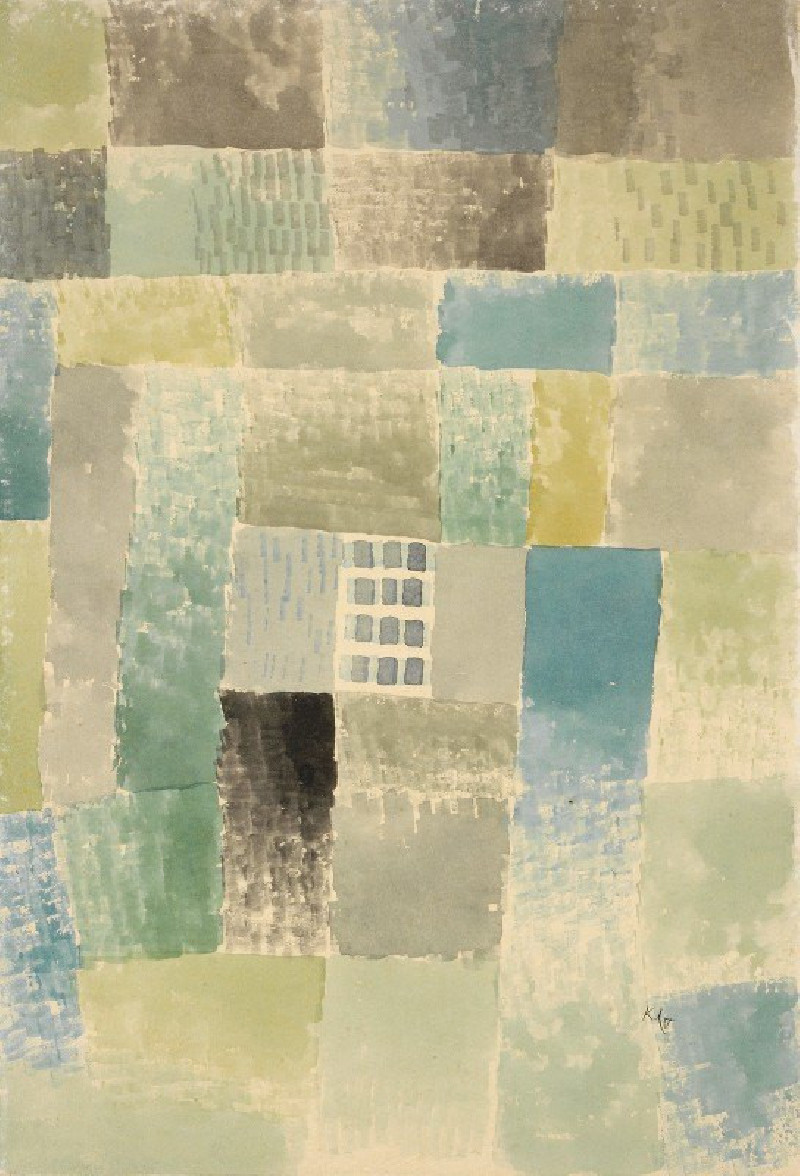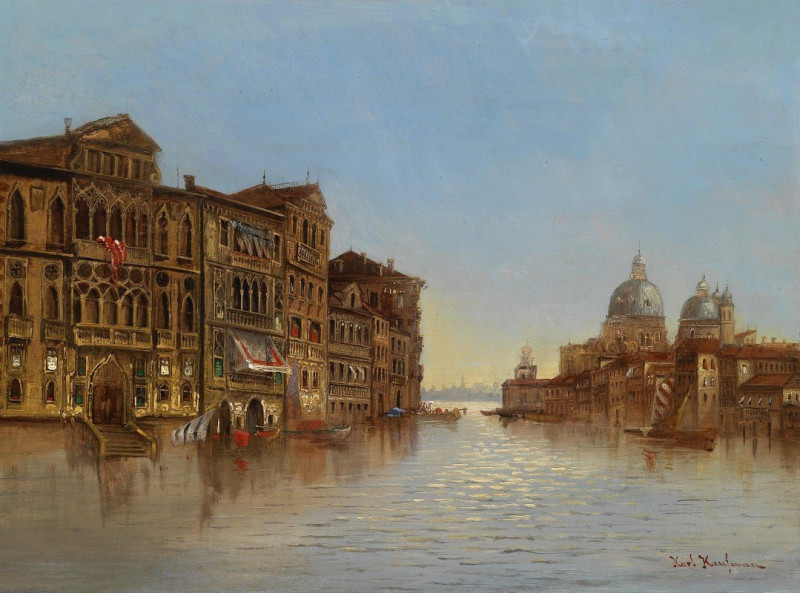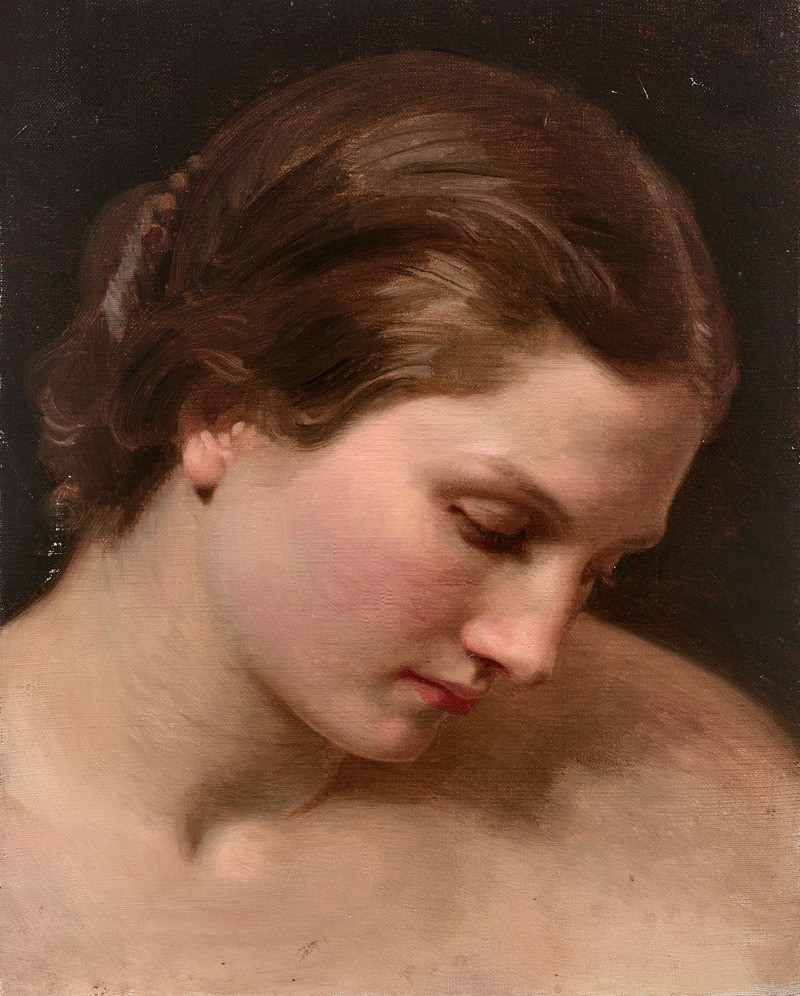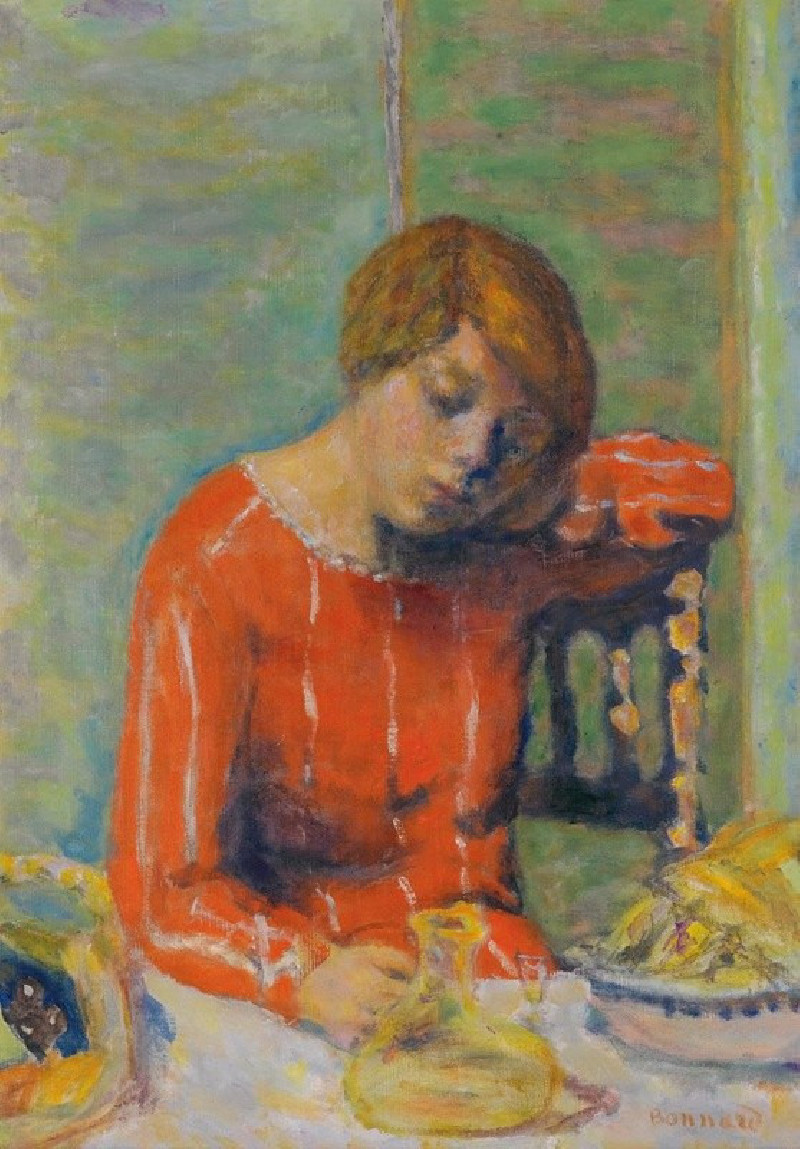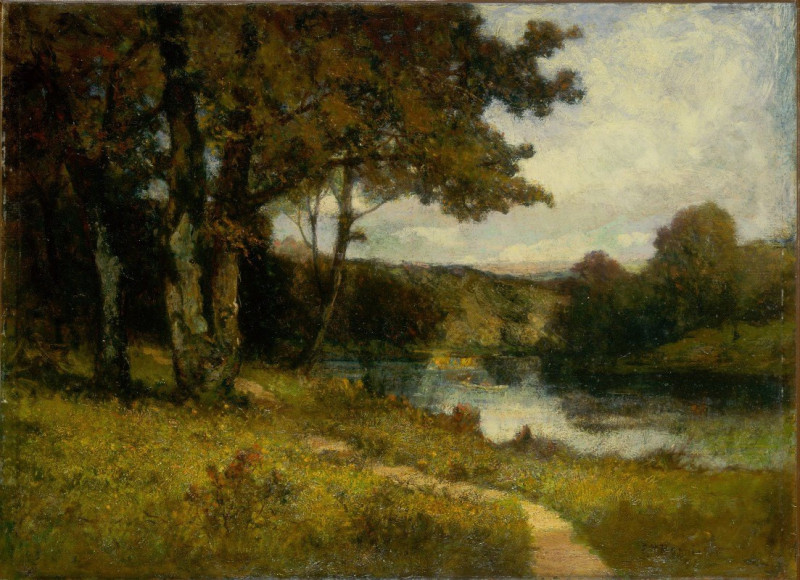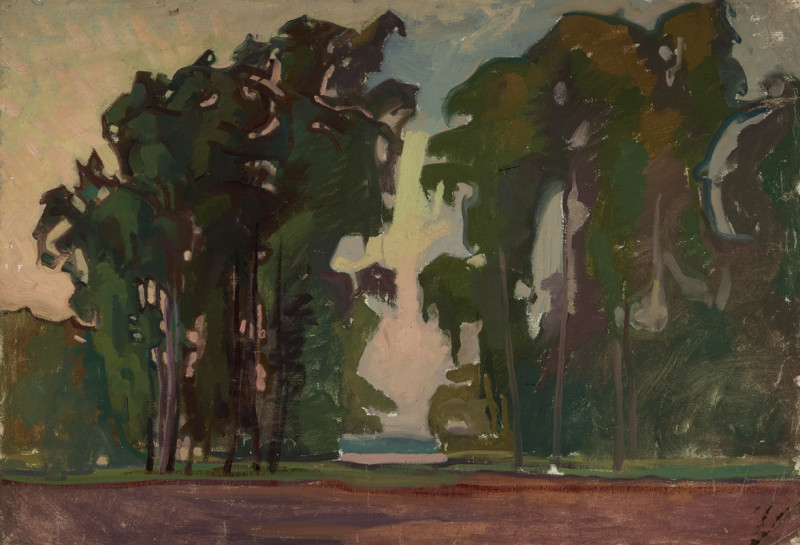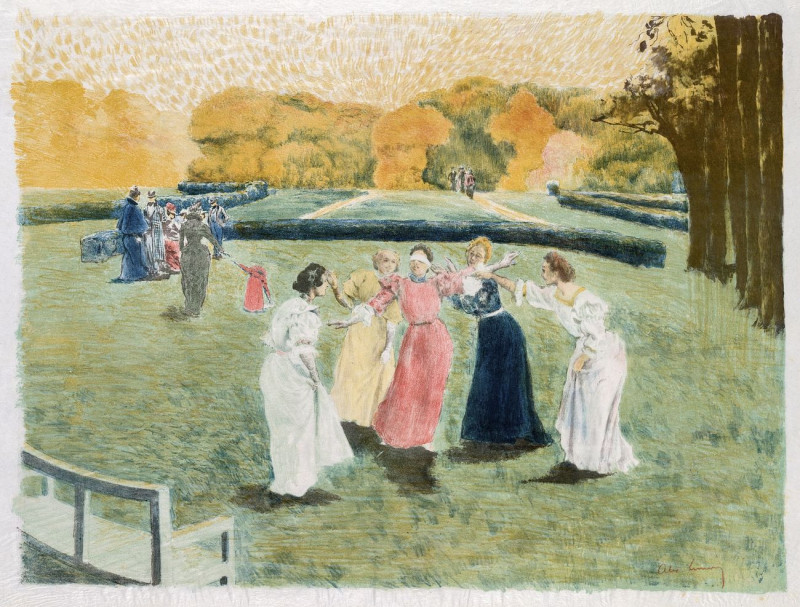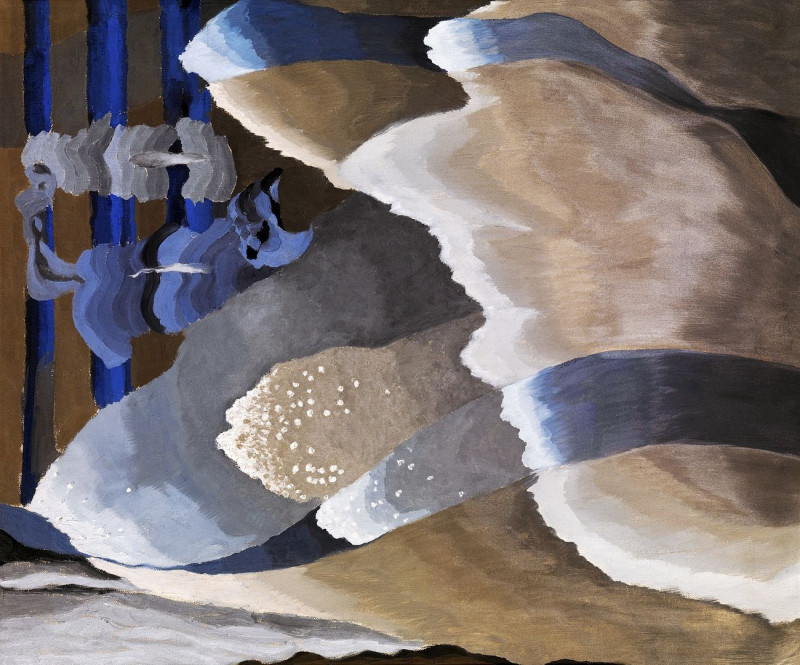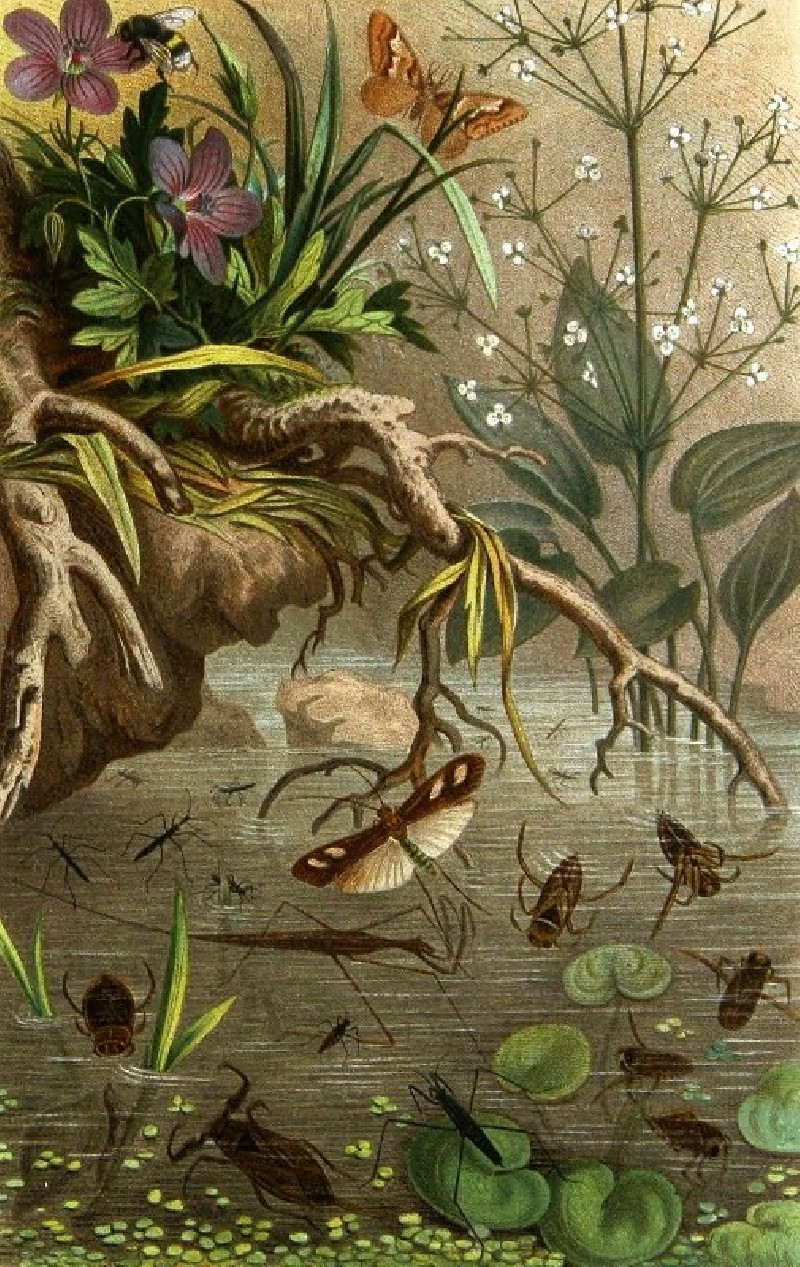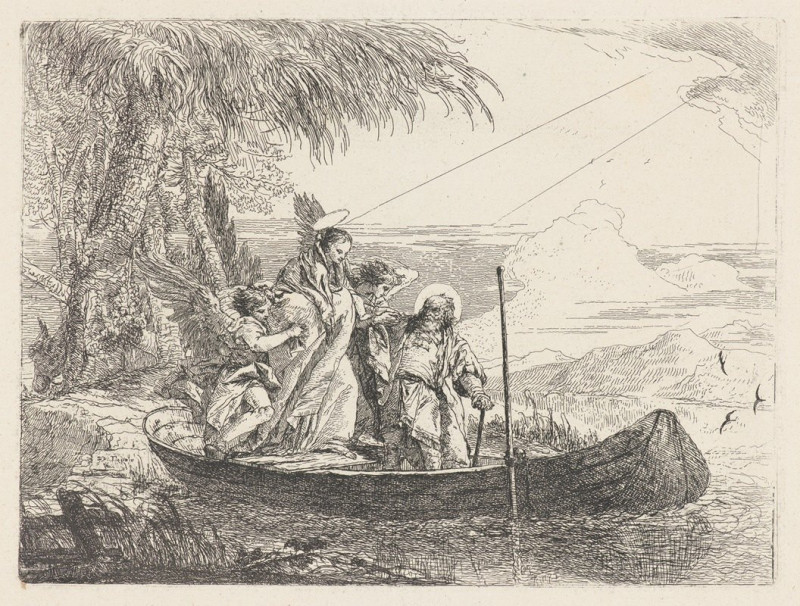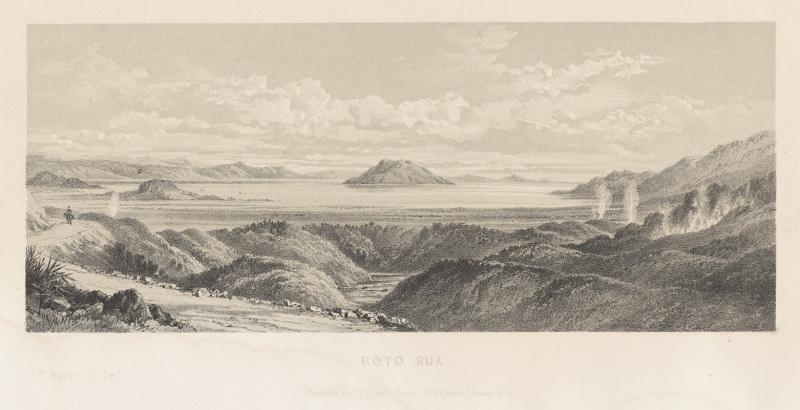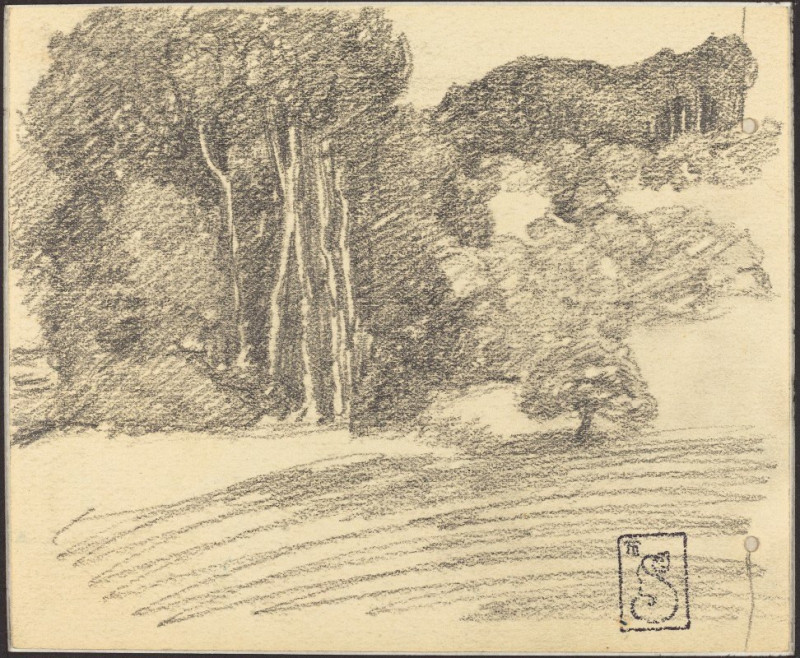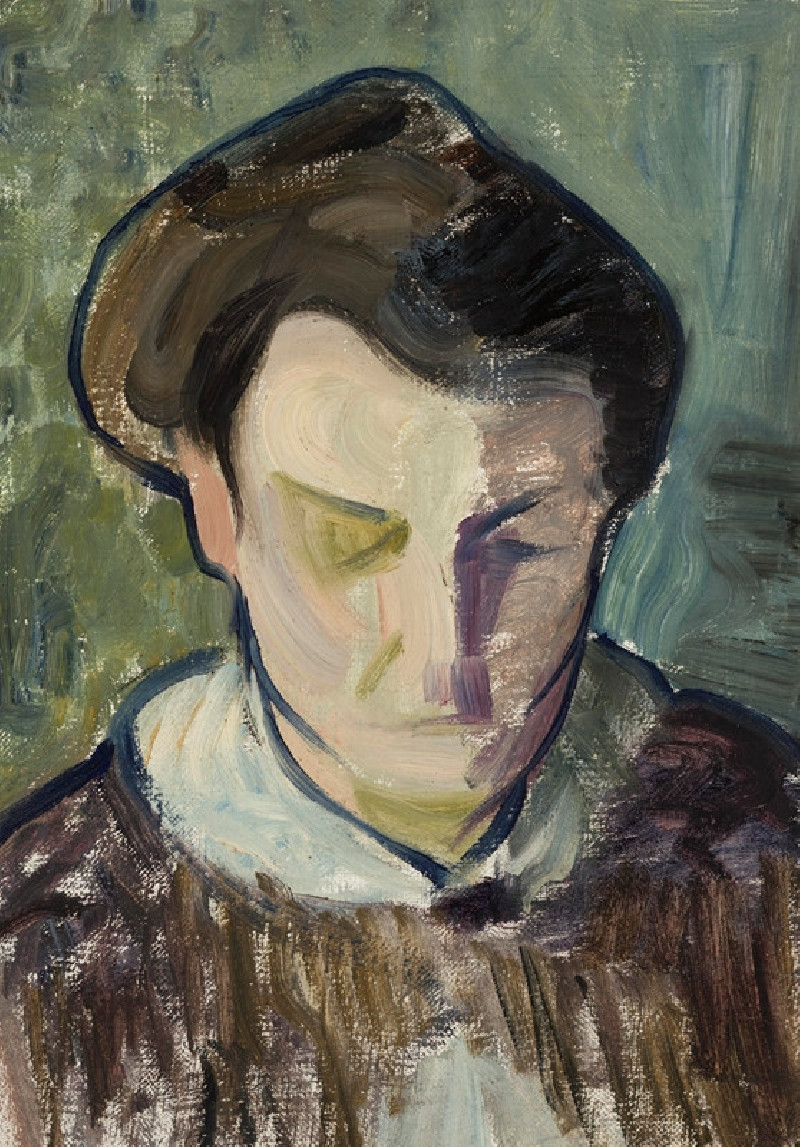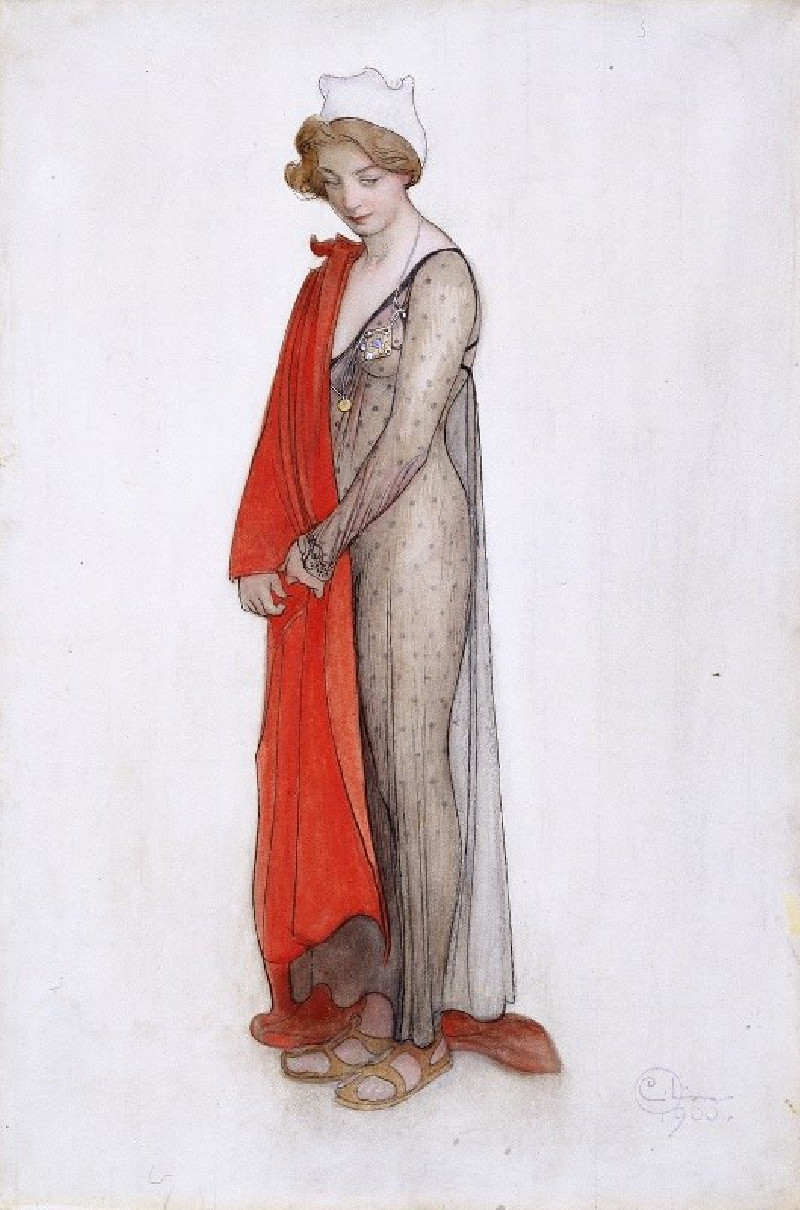first house of a settlement (1926)
Technique: Giclée quality print
Recommended by our customers
More about this artwork
Featured on our website is the enigmatic painting “First House of a Settlement” created by the esteemed artist Paul Klee in 1926. This artwork stands out as a quintessential example of Klee’s innovative use of color and form, embodying the expressionistic and surrealistic elements that characterize his work.In "First House of a Settlement", Klee constructs a visual narrative using a mosaic of abstract shapes and muted hues. The painting is predominantly composed of interlocking squares and rectangles that collectively evoke the image of a primitive settlement. Amidst these geometric shapes, one can discern the form of a house, indicated by a cluster of white squares arranged to represent windows, which serves as a focal point amidst the abstraction.The color palette is subdued yet complex, featuring various shades of green, blue, grey, and ochre, subtly layered to create depth and texture. These colors merge seamlessly, suggesting the organic growth of a community in a harmonious blend of natural tones.Klee's artistry lies in his ability to evoke emotion and narrative through minimalistic yet effective use of abstract elements. "First House of a Settlement" invites viewers to ponder the beginnings of human habitation and the simplicity of early architecture, highlighting Klee's fascination with the interplay between man, nature, and art.
Delivery
Returns
Paul Klee was a Swiss-born German artist. His highly individual style was influenced by movements in art that included expressionism, cubism, and surrealism. Klee was a natural draftsman who experimented with and eventually deeply explored color theory, writing about it extensively; his lectures Writings on Form and Design Theory (Schriften zur Form und Gestaltungslehre), published in English as the Paul Klee Notebooks, are held to be as important for modern art as Leonardo da Vinci's A Treatise on Painting for the Renaissance.

